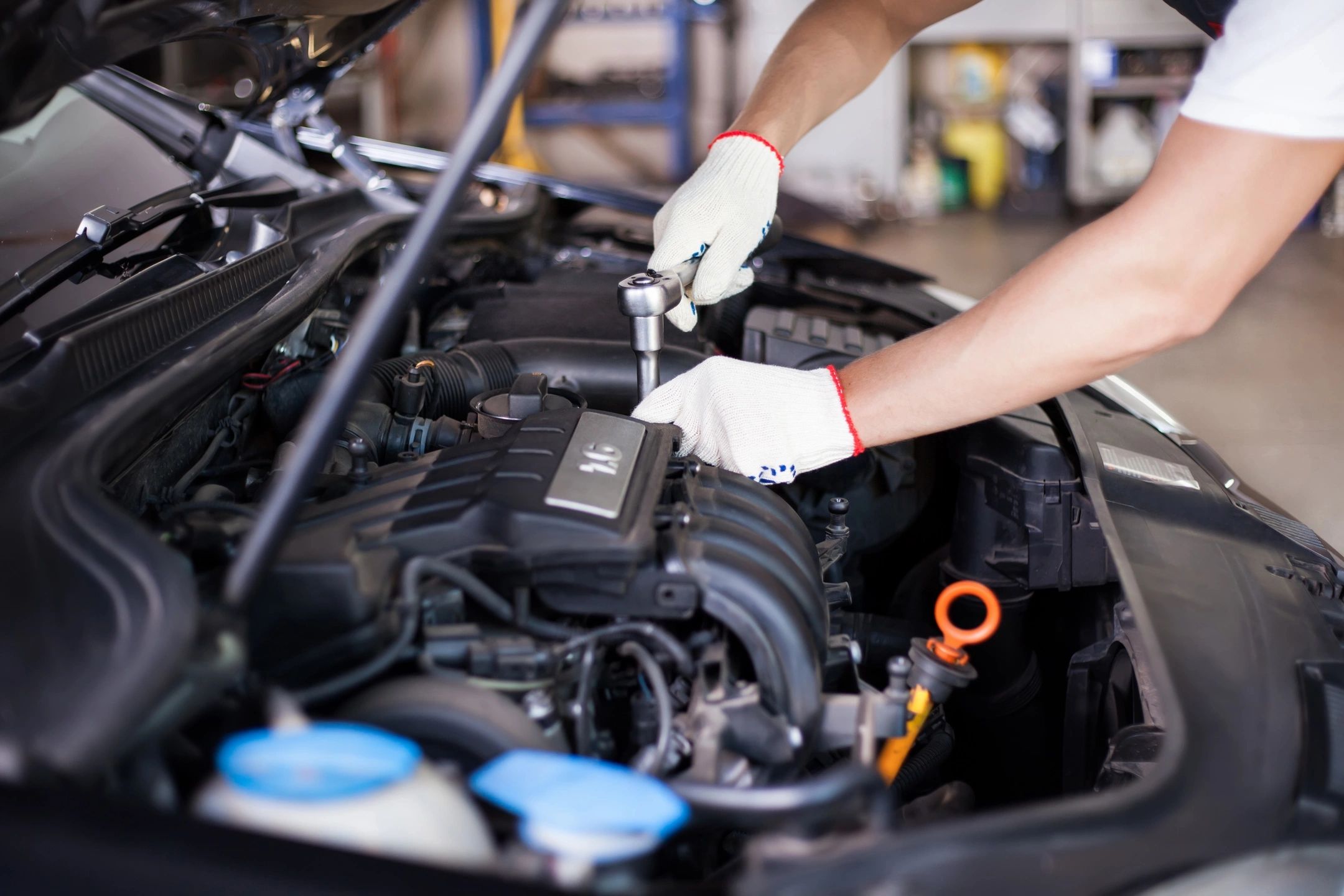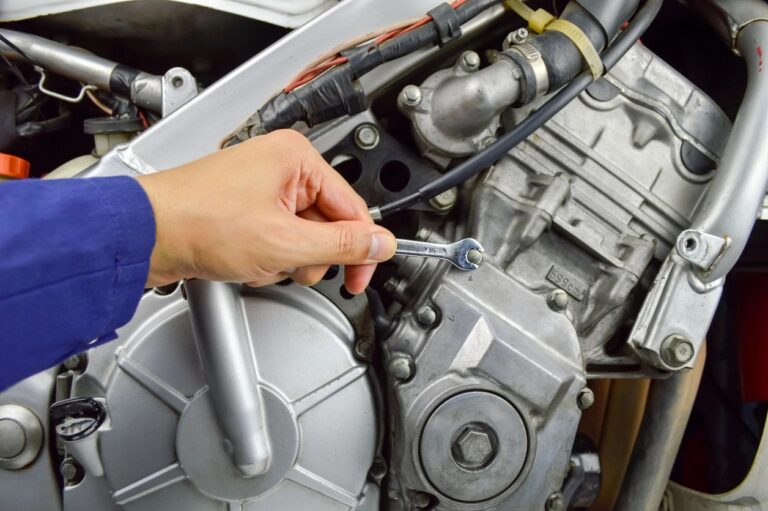Malfunctioning lights on a vehicle can be more than just a nuisance—they can be a serious safety hazard, affecting visibility and signaling to other drivers. Headlights, brake lights, turn signals, and dashboard lights are all essential components that need to work reliably. When lights start to fail, it’s crucial to understand the possible causes, signs, and solutions to address the issue quickly.
Common Causes of Malfunctioning Lights
- Blown Bulbs
Over time, bulbs wear out and need replacement. Headlights, brake lights, and indicator lights can all burn out, leading to partial or complete light failure. - Faulty Fuse
A fuse protects the electrical system from overloading. If a fuse blows, it can cause one or more lights to stop working. Fuses can blow due to a power surge or short circuit, especially if multiple lights go out at once. - Damaged Wiring
Electrical wiring in vehicles can degrade or become damaged over time, especially in high-humidity or harsh conditions. Frayed or corroded wires may prevent lights from functioning correctly. - Faulty Light Switch or Relay
The light switch and relay control the electrical current to your lights. If either component fails, your lights may not turn on or may function intermittently. - Corroded or Dirty Connections
Corrosion, dirt, or rust on the bulb socket or electrical connectors can interrupt the flow of electricity to the lights. This is particularly common in vehicles frequently exposed to moisture or road salt. - Battery or Alternator Issues
Malfunctioning lights may be due to a low battery or failing alternator, especially if multiple electrical components are affected. Low power from the battery or alternator can lead to dim or flickering lights.
Signs of Malfunctioning Lights
- Dim or Flickering Lights
If your headlights, dashboard, or interior lights are dimming or flickering, it could indicate a power supply issue, loose connections, or a failing bulb. - Intermittent Function
Lights that turn on and off randomly or only work intermittently often point to loose wiring, a faulty switch, or corroded connections. - Warning Light on Dashboard
Many modern vehicles will display a warning light on the dashboard if an exterior light is out or malfunctioning, indicating a potential bulb or electrical issue. - Rapid Blinking Turn Signal
A fast-blinking turn signal typically means one of the bulbs (front or rear) is out. This is a safety feature designed to alert you that a bulb needs replacement. - No Light Function at All
If a light fails to work entirely, the cause could be a blown fuse, dead bulb, or damaged wiring. Complete failure is often a straightforward indicator that something needs repair or replacement.
Solutions for Malfunctioning Lights
- Replace Blown Bulbs
If the issue is due to a burned-out bulb, replacing it is a quick fix. Most bulbs are accessible from the back of the light housing, and replacements can be purchased at auto parts stores. - Check and Replace Fuses
Locate your vehicle’s fuse box (usually under the dashboard or in the engine compartment) and replace any blown fuses with one of the same amperage. Your vehicle manual will help identify the specific fuse for each light. - Inspect and Repair Wiring
For wiring issues, check for visible damage, frays, or corrosion. Repairing or replacing damaged wires can restore full functionality to the lights. If you’re unsure, a mechanic can perform a thorough inspection. - Clean Corroded Connections
Clean any corroded connectors or sockets with an electrical contact cleaner to remove dirt and rust. After cleaning, apply a small amount of dielectric grease to protect against future corrosion. - Test Battery and Alternator
If multiple lights are malfunctioning or dim, have the battery and alternator tested. Replacing a low battery or failing alternator may restore proper lighting function. - Replace Switches or Relays
If the light switch or relay is faulty, they may need replacement to restore consistent power to the lights. Switch and relay replacements are generally inexpensive and can be done by a professional if needed.
Preventing Light Malfunctions
- Regular Inspections: Periodically check all lights to ensure they’re functioning correctly. Inspect exterior lights and test turn signals, brake lights, and interior lights to catch any issues early.
- Clean Lenses and Connections: Keep light lenses clean and clear of dust and debris. Cleaning connections and applying dielectric grease can help prevent corrosion.
- Address Electrical Issues Early: If you notice any signs of electrical issues, such as dimming or flickering lights, get it checked early to prevent further damage.
Malfunctioning lights not only compromise your vehicle’s safety but may also result in fines if you’re pulled over for an inoperative light. Regular inspections and quick responses to warning signs can help keep your lights—and your vehicle—working safely and reliably.



